11/14/2021 – Today was nice weather for shooting; the temperature worked its way up to 60°F, the air was still, the sky was clear… It was just a nice autumn day. The plan was to begin some handgun projects, but another range session with the Winchester Model 94 seemed in order.
Keeping a handload log for a specific rifle is always a good idea, but it will never be complete. Component availability changes, new products that yield improved performance come on the market there is never enough time to try every possible combination. So when the opportunity presents itself, it is time to log more entries.
There was not much 30-30 Winchester factory ammo on the Real Guns shelves for the Winchester Model 94 review. OK… there was no 30-30 Winchester factory ammo on the Real Guns shelves. However, after 63 years of shooting and handloading the 30-30 Winchester, I had 100 cubic tons of component bullets, brass, primers, and assorted and sundry dies and related tools.
My preference is to have factory ammo on hand so that a common denominator for performance assessment is in place. Unfortunately, either out of stock or $45/box ammo holds zero appeal and I am happy to draw on my component cache.
Did I not say line up in order of height? Those Barnes guys.
Remember when Barnes and Sierra were independent bullet companies and neither was owned by the Clarus Corporation? Bullets were selected based on what I like and what has worked for me over the long haul. After all, is that not what is really important? Yes, the Hornady FTX is not present and, yes, I do have a supply. So let us place these in table format, which will look more… technical.
| Bullet Brand |
Type | Weight Grains |
Bullet Length” |
Assembled Cartridge Overall Length “ |
| Prvi | Soft Point Round Nose | 110 | 0.662 | 2.400 |
| Barnes X | Hollow Point Copper | 150 | 1.065 | 2.470 |
| Remington | Jacketed Soft Point | 150 | 0.914 | 2.520 |
| Winchester | Protected Point | 150 | 0.906 | 2.545 |
| Nosler | Soft Point Partition | 170 | 1.032 | 2.550 |
| Sierra | Jacketed Soft Point | 170 | 1.015 | 2.545 |
| True Shot | Hard Cast Lead | 170 | 0.977 | 2.550 |
Actual bullet length was given because they sometimes vary, lot to lot, by a significant amount and bullet length variation, become pressure variations that effect accuracy. Cartridge overall length was established by sufficient bullet to case engagement, in the case of the 110 grain soft point, and position of cannelure or crimp groove for all others.
The reloading dies used were standard RCBS full length and a Lee Factory Crimp Die.The Lee die was used on the 110 grain where no cannelure was present, while all others received a roll crimp.
Handloads, as they made their appearances
Warning: Bullet selections are specific, and loads are not valid with substitutions of different bullets of the same weight. Variations in bullet length will alter net case capacity, pressure and velocity. Primer selection is specific and primer types are not interchangeable. These are maximum loads in my firearms and may be excessive in others. All loads should be reduced by 5% as a starting point for development where cartridges have greater than 40 grains in capacity and 10% for cartridges with less than 40 grain capacity following safe handloading practices as represented in established mainstream reloading manuals. Presentation of these loads does not constitute a solicitation for their use, nor a recommendation.

| 30-30 Winchester |
|
| Firearm | Winchester Model 94 |
| Barrel Length | 20.0″ |
| Max Case Length | 2.0395″ +0.000″/-0.020″ |
| Min – Max COL | 2.450″ – 2.550″ |
| Primer | CCI 200 – Large Rifle |
| Bullet Diameter | 0.3090″ +0.000″/-0.0030″ |
| Reloading Dies | RCBS FL |
| Bullet Type | Bullet Weight Grains |
Net H2O Grains Capacity |
COL” | Powder Type | Powder Charge Grains |
Muzzle Velocity fps |
Muzzle Energy ft/lbs |
100 Yd. 3 Shot Group” |
| Prvi RNSP |
110 |
38.4 |
2.400 |
Re 7 |
32.0 |
2612 |
1667 |
2.0 |
| Prvi RNSP | 110 |
38.4 | 2.400 |
H335 |
38.0 |
2676 |
1749 |
2.5 |
| Prvi RNSP | 110 |
38.4 | 2.400 |
RS 2520 |
39.0 |
2631 |
1691 |
2.2 |
| Barnes XFN | 150 | 33.2 | 2.470 | Re15 | 32.0 | 2271 | 1718 | 1.9 |
| Barnes XFN | 150 | 33.2 | 2.470 | CFE 223 | 35.0 | 2292 | 1750 | 2.3 |
| Barnes XFN | 150 | 33.2 | 2.470 | IMR 3031 | 30.0 | 2317 | 1788 | 2.4 |
| Remington RNSP | 150 | 37.1 | 2.540 | H335 | 34.0 | 2381 | 1889 | 1.6 |
| Remington RNSP | 150 | 37.1 | 2.540 | CFE223 | 37.5 | 2285 | 1827 | 1.4 |
| Remington RNSP | 150 | 37.1 | 2.540 | Win 748 | 35.5 | 2413 | 1940 | 1.7 |
| Winchester PPFN |
150 | 36.5 | 2.545 | Re15 | 35.0 | 2322 | 1796 | 2.0 |
| Winchester PPFN |
150 | 36.5 | 2.545 | CFE223 | 37.5 | 2315 | 1785 | 2.0 |
| Winchester PPFN |
150 | 36.5 | 2.545 | Hodgdon LVR |
38.0 | 2376 | 1880 | 1.6 |
| Nosler Partition RN | 170 | 32.9 | 2.550 | Re15 | 33.0 | 2185 | 1803 | 2.3 |
| Nosler Partition RN | 170 | 32.9 | 2.550 | CFE223 | 35.5 | 2165 | 1769 | 1.8 |
| Nosler Partition RN | 170 | 32.9 | 2.550 | IMR3031 | 30.5 | 2188 | 1807 | 2.1 |
| Sierra Pro-Hunter |
170 |
34.8 |
2.545 |
Re10x |
27.5 |
2118 |
1693 |
1.6 |
| Sierra Pro-Hunter | 170 |
34.8 |
2.545 |
H335 |
31.0 |
2132 |
1716 |
1.1 |
| Sierra Pro-Hunter | 170 |
34.8 |
2.545 |
Norma 201 |
32.0 |
2178 |
1791 |
1.7 |
| TrueShot Cast FN | 170 | 35.7 | 2.535 | H335 | 32.5 | 2188 | 1807 | 2.5 |
| TrueShot Cast FN | 170 | 35.7 | 2.535 | IMR3031 | 32.5 | 2263 | 1934 | 2.0 |
| TrueShot Cast FN | 170 | 35.7 | 2.535 | Norma 203B | 34.0 | 2179 | 1792 | 1.8 |
There were a few moderately compressed loads. I do not remember which, but I suspect you will figure that out if/when you attempt to seat a bullet. The once fired brass was cleaned, inspected, sized, and trimmed before charging. Yes, 100 yard groups were shot with the Winchester scoped.
Overview
The Winchester is a good ergonomic fit. Everything from length of pull to line of sight is a natural reach, fit or distance. The Model 94’s balance is near perfect. The action cycles smoothly and cleanly. That may be redundant. Pulling it into the shoulder parks your eyeballs looking through the sights without squirming to fit body parts to rifle parts.
Recoil is too modest to mention and report is not much more. I picked the rifle up and walked back into the woods behind the shop to shoot. Crisp air, dead leaves carpeting the ground. It was like being twelve again and a first hunting season. Nice rifle.
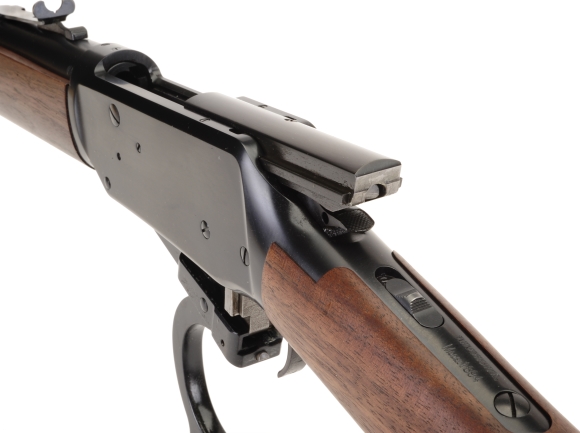
An apology for Winchester Model 94 Part I’s CruCheesy
The Part I CruChessy was brow beaten from the menu by my wife, who is always looking out for me. The midnight snack for Part II was homemade meatballs in garlic and basil tomato sauce.They can be made in a batch and refrigerated for consumption over the course of several days. Longer if they don not come out right.
Every Italian household has their own meatball recipe. Some are elaborate, some are simple, mostly depending upon the region of Italy families came from, or how Americanized they became after arrival… the people, not the meatballs. Both my paternal and maternal grandparents came Sicily where meatballs are pretty elaborate but, like handloading, we all develop our own favorite recipes.
But, Joe, some would argue that Sicilians are not Italian, they are Sicilian indigenous people. To that I would say, there was no country of Italy before 1861, just the peninsula of Italy, divided city states and island kingdoms for the prior 3,000 years.
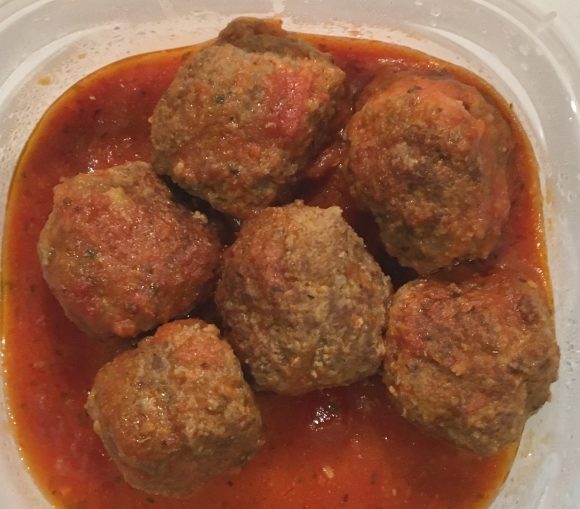
1 lb 80-20 ground beef
1 large egg
1/4 cup whole milk
1/2 cup Progresso Italian style breadcrumbs
1 Tablespoon garlic powder
1 Tablespoon Kosher salt
1 Teaspoon black pepper
1 dash of oregano
1 dash basil
Knead everything into the meat, except the bread crumbs, about twice as long as you think is needed. Add the bread crumbs and repeat. Use a large cookie dough scoop to meter blended meat, roll each between palms until smooth and round. The mixture noted should yield a dozen meatballs. Place in a lidded container and leave in refrigerator overnight.or for 8 hours.
Preheat a large cast iron skillet with one tablespoon of virgin olive oil to medium heat. Brown meatballs all sides for approximately 10 minutes, constantly rolling in the pan to avoid crusting. Do not cook through. When done, remove meatballs with a strainer spoon and leave all oil in the pan. The 80-20 hamburger will bleed a lot of oil behind without drying out. Submerge meatballs into pot full of sauce of choice and allow meatballs to continue cooking for another 20 minutes.

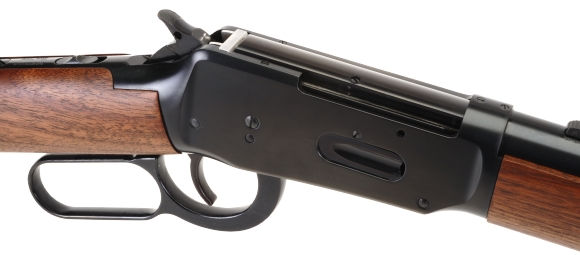
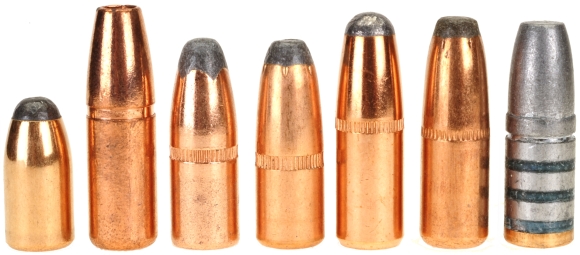
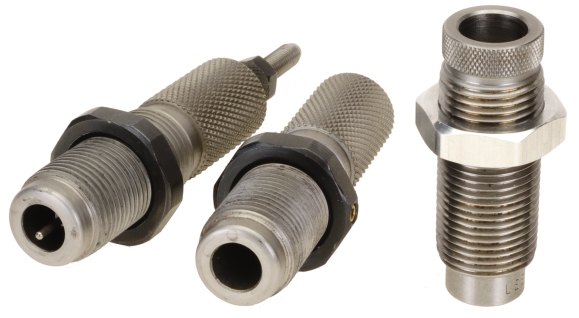
Email Notification